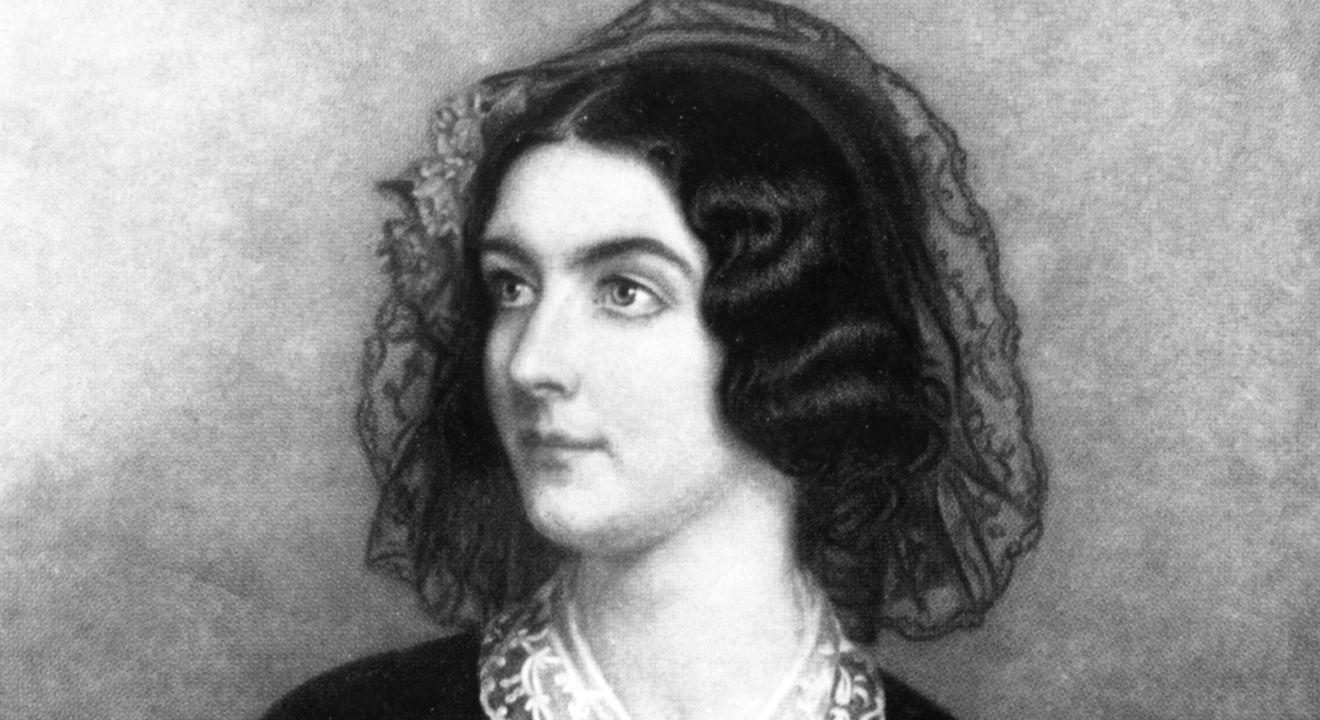Mentorship November 26, 2016


Imagine walking into your local grocery store. The greeter at the front notices your arrival, smiles in your direction and says “Good morning, Goodwife,” or “Welcome in, Mistress.” It seems a little strange, right?
Well, it should be; these terms haven’t been in use for hundreds of years. ‘Goodwife’ or ‘Goody’ died off in the 18th century and ‘mistress’ has entirely an entirely different meaning today than it once did.
Most of women’s social titles evolved from ‘Mistress,’ just as men’s emerged from ‘Master.’ According to an article by Amy Louise Erickson, “in early modern England the mistress most commonly designated the female equivalent of master – that is, a person with capital who directed servants or apprentices.” So ‘Mistress’ and ‘Master’ were basically equivalent, indicating a professional life in between that of the royalty and lower classes.
READ MORE: How to Elevate and Inspire People Around You
The term ‘Mistress’ did not indicate that the woman was married, only that she was awarded respect based on her professional life or age. During the 1600s, ‘Mistress’ split into ‘Mrs’ for married women and ‘Miss’ for young girls.
However, it wasn’t until the middle of the 18th century that the term ‘Miss’ was used to refer to adult women. “Before that, Miss was only used for girls…To refer to an adult woman as a ‘Miss’ was to imply that she was a prostitute,” Alexandra Buxton reports for News Statesmen.
According to Buxton, this new trend of using ‘Miss’ to refer to unmarried adult women “was probably fuelled by the novels of the 1740s such as those by Samuel Richardson, Henry Fielding and Sarah Fielding, which featured young gentry Misses and upper (single) servants titled Mrs.”
READ MORE: Why You Should Always Lead with ‘I’ Statements
It wasn’t until 1901 when an anonymous writer in The Sunday Republican of Springfield suggested “a more comprehensive term which does homage to the sex without expressing any views as to their domestic situation.” The suggested term – Ms – would allow writers who are unaware of the woman’s preference for ‘Miss’ or ‘Mrs’ to “translate it properly according to circumstance.”
However, ‘Ms’ did not truly come into use until 1961 when 22-year-old Sheila Michaels “became a one-woman lobbying force for the title as a feminist alternative to Miss and Mrs,” according to The New York Times.
In the early 1970s, Michaels’ advocacy finally took off when she argued that ‘Ms’ had a place in the English language during a WBAI radio program in New York. Since then, it is widely used as a way to identify women who have not voiced a preference for either ‘Miss’ or ‘Mrs.’ Although ‘Mrs’ and ‘Miss’ are all still widely used, men and women both agree that ‘Ms’ “fills a void in the English language.”
READ MORE: You Won’t Be Happy Until You Can Accept Your Flaws